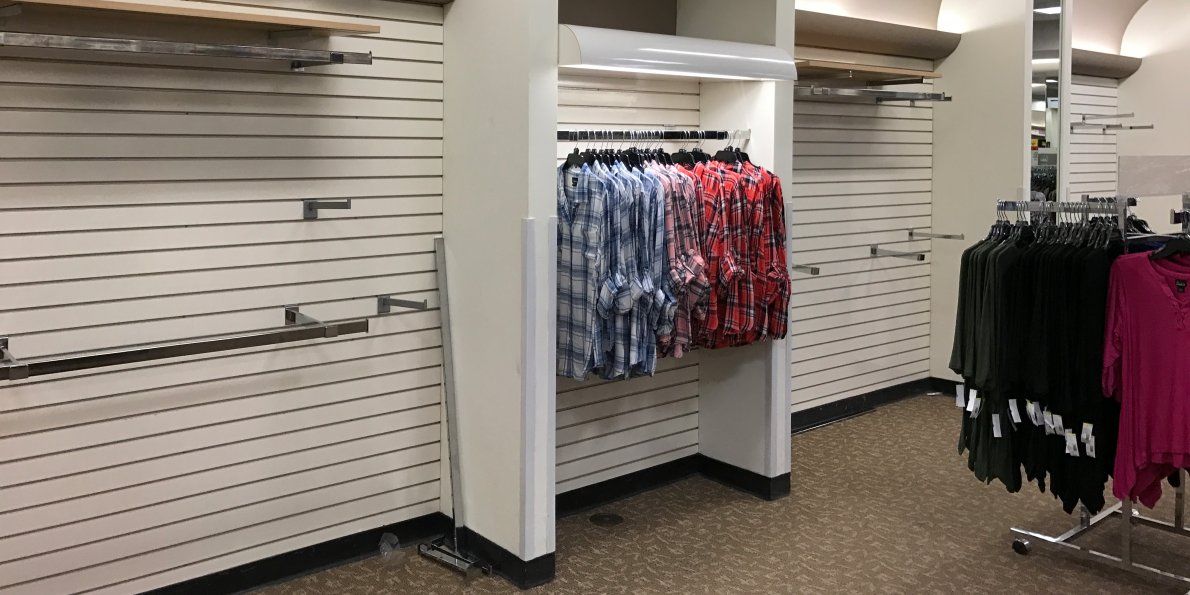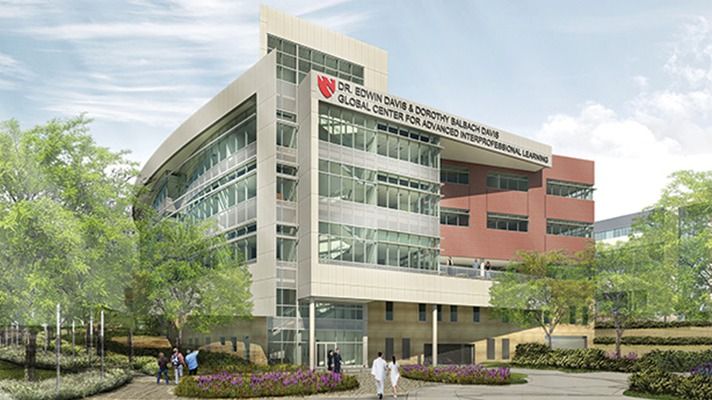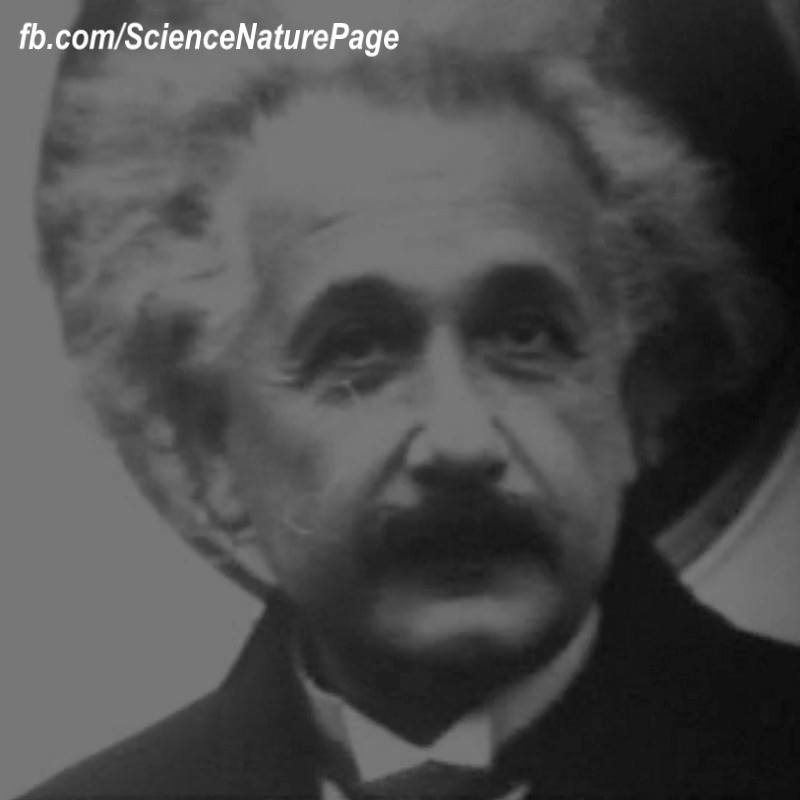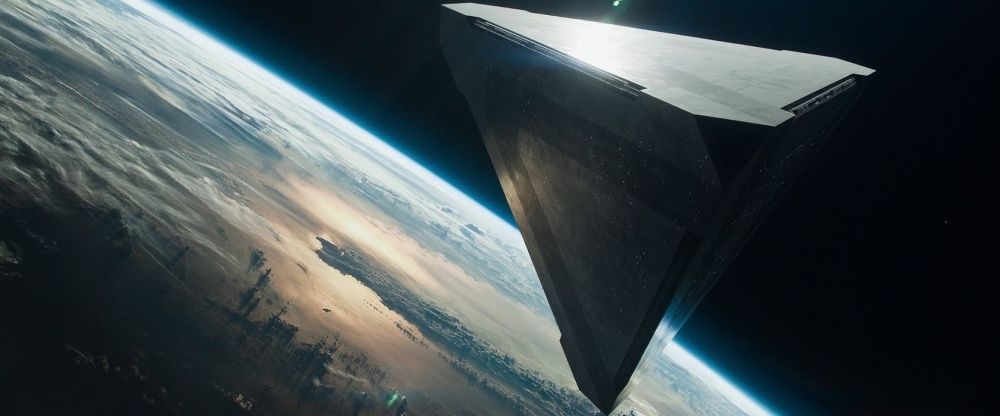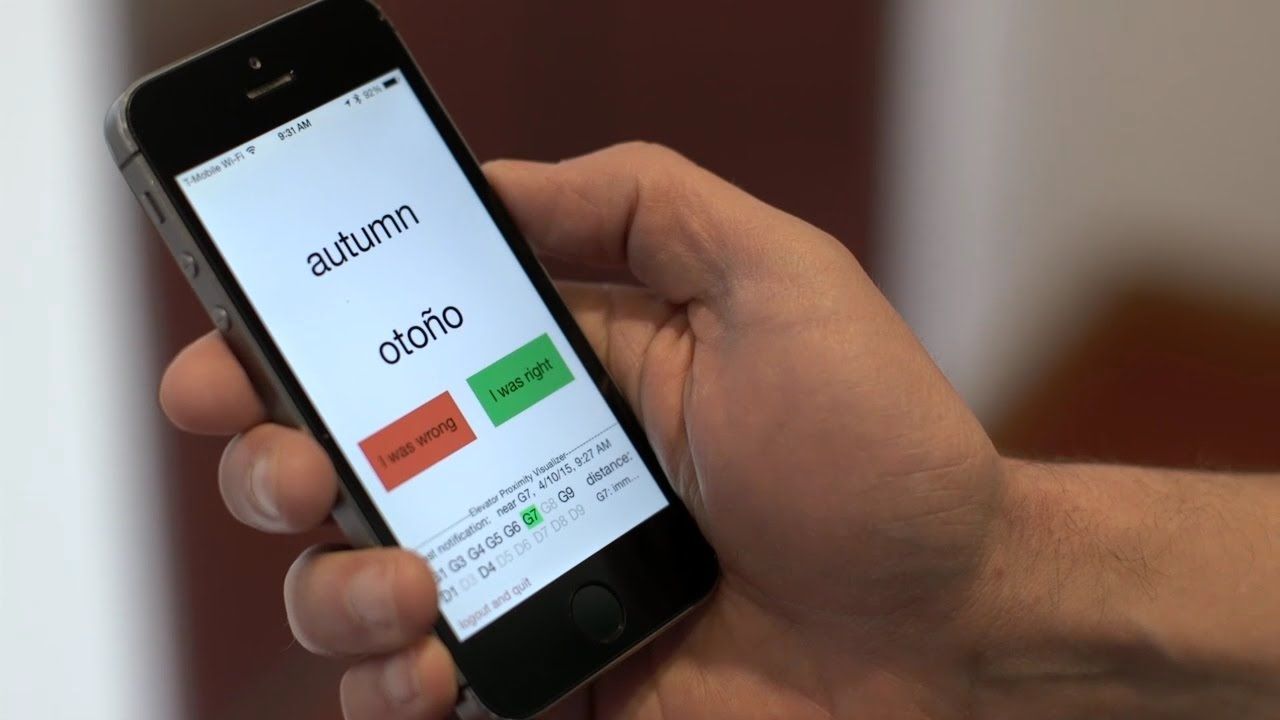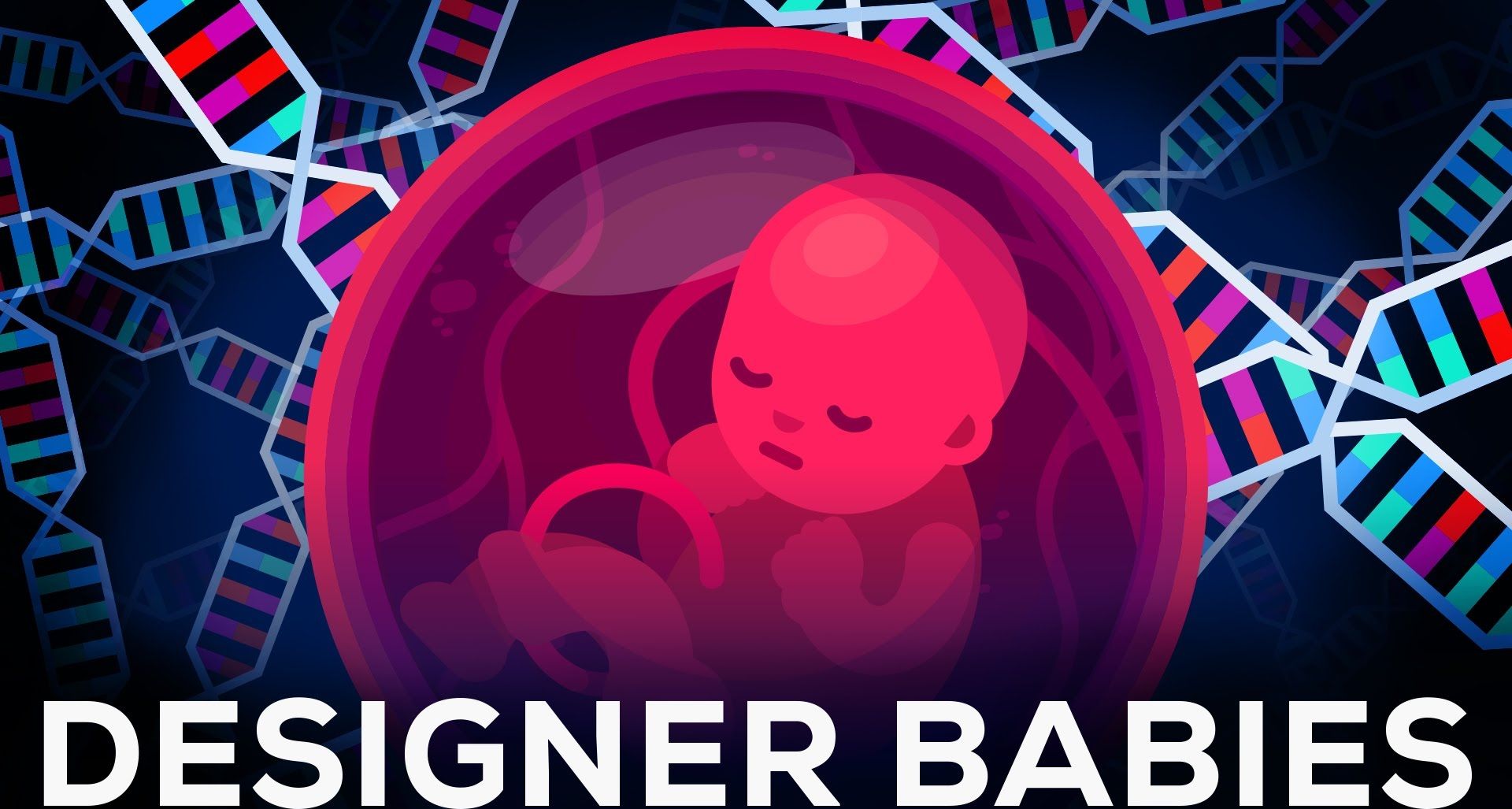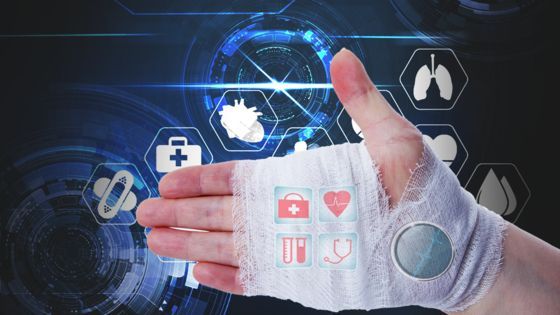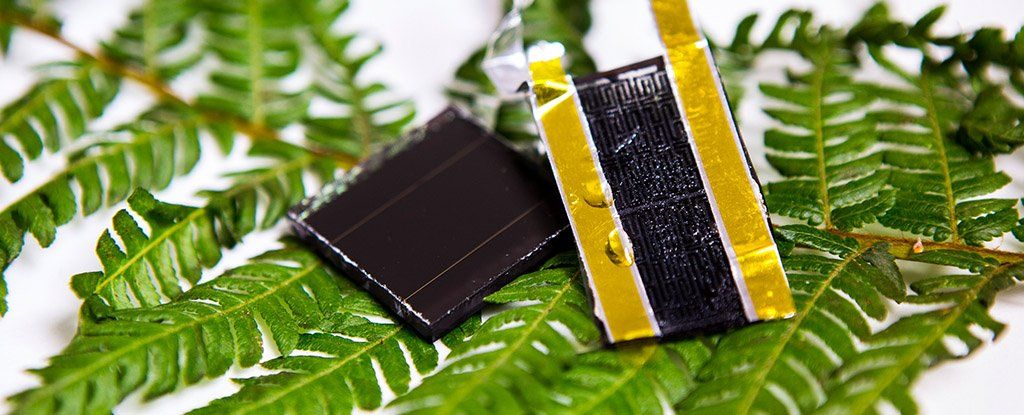The retail apocalypse has descended on America. Here’s what it looks like.
“The 192,000-square-foot facility will house UNMCs Interprofessional Experiential Center for Enduring Learning, or iEXCEL program, which aims to help physicians and other healthcare professionals do clinical training exercises and develop surgical skills via advanced simulation technologies, virtual immersive reality, augmented reality and holographic technologies, officials say.
The center’s advancements will include the creation of 3D/virtual and augmented reality content for clinical and surgical training modules; leading-edge technology such as the iEXCEL Helix – an extended 280-degree curved screen creating a 2-D/3D immersive environment; laser-based “3D iSpace,” a five-sided virtual immersive reality environment, and a 130-seat holographic auditorium.
The goal is to move beyond traditional lecture-based models to embrace more hands-on experiential learning, which can improve retainment of skills competencies proficiencies. Thus, the traditional mentor-based “see one, do one, teach one” training model for physicians will now be complemented by human patient simulators, surgical simulation, interactive visualization tools such as head-mounted displays, interactive “learning walls” and 3D virtual immersive reality environments.”
The University of Nebraska Medical Center has broken ground on a new $119 million facility meant to help physicians and nurses train for next-generation care delivery using emerging virtual and augmented reality technology.
The Omaha-based Davis Global Center will deploy various simulation platforms to help optimize medical training for clinicians, with an eye toward ultimately improving quality and safety, officials said.
“Learners do best by having experience, whether it’s learning how to play a sport, a musical instrument or, in my case, do cardiac surgery,” UNMC Chancellor Jeffrey Gold, MD, said in a statement. “The more experience, the more practice, the more hands-on opportunities we get, the better off we are to deliver high quality, safe, effective and patient-centered care. This center will achieve all of those goals and continue to bring Nebraska to the epicenter of the learning world.”
Albert Einstein, In His Own Voice
Posted in futurism
Washington State University physicists have created a fluid with negative mass, which is exactly what it sounds like. Push it, and unlike every physical object in the world we know, it doesn’t accelerate in the direction it was pushed. It accelerates backwards. The phenomenon is rarely created in laboratory conditions and can be used to explore some of the more challenging concepts of the cosmos, said Michael Forbes, a WSU assistant professor of physics and astronomy and an affiliate assistant professor at the University of Washington. The research appears today in the journal Physical Review Letters, where it is featured as an “Editor’s Suggestion.” Hypothetically, matter can have negative mass in the same sense that an electric charge can be either negative or positive.
Earth Port One
Posted in alien life, sustainability
Architecture has evolved and has become much more than just a design realized in concrete and modern building material. It has been transformed to help humanity in achieving all kinds of sustainability.
The eVolo Magazine for Architecture has been organizing another round of Skyscraper Competition in 2017 to honor those visionaries that try to realize a future that benefits humanity and the one Earth we all need to cherish and sustain.
Collaboration, a key not only to humanity’s future but also to every attempt we make at colonizing space or interacting with alien life. This ultimate expression of concerted participation and envisioned by Canadian architects Catherine and Celia. He has been put together in one gigantic skyscraper titled Earth Port One. The idea stems from the early electromagnetic propulsion technology but has been redefined to become Earth’s main port and a vibrant nexus where future civilizations engage.
Hyper-connectivity has changed the way we communicate, wait, and productively use our time. Even in a world of 5G wireless and “instant” messaging, there are countless moments throughout the day when we’re waiting for messages, texts, and Snapchats to refresh. But our frustrations with waiting a few extra seconds for our emails to push through doesn’t mean we have to simply stand by.
To help us make the most of these “micro-moments,” researchers from MIT’s Computer Science and Artificial Intelligence Laboratory (CSAIL) have developed a series of apps called “WaitSuite” that test you on vocabulary words during idle moments, like when you’re waiting for an instant message or for your phone to connect to WiFi.
Building on micro-learning apps like Duolingo, WaitSuite aims to leverage moments when a person wouldn’t otherwise be doing anything — a practice that its developers call “wait-learning.”
- An advisory council has urged the U.S. to establish a new body that creates plans for national biodefense and to set aside a $2 billion standby fund to address emerging bioterror threats.
- As gene editing technology advances, the potential for its use as a weapon increases, and preparing for such threats before they happen is of the utmost importance.
Though the technology promises seemingly innumerable ways to positively impact human life, gene editing is truly a double-edged sword, with nearly as many potentially negative consequences as benefits. Now, an advisory council to President Obama is urging the government to start creating countermeasures for the negative use of emerging biotechnologies.
This month, the President’s Council of Advisors on Science and Technology (PCAST) wrote a letter to President Obama recommending measures to address this potential for harm using new technologies. It advocates funding new research into antibiotic and antiviral drugs to combat resistance and having a $250 million fund for the stockpiling of vaccines.
Bandages which can detect how a wound is healing and send messages back to doctors could be trialled within the next 12 months, scientists have said.
The bandages would use real-time 5G technology to monitor what treatment is needed and also keep track of a patient’s activity levels.
The work is being led by Swansea University’s Institute of Life Science.
Drawing inspiration from the plant world, researchers have invented a new electrode that could boost our current solar energy storage by an astonishing 3,000 percent.
The technology is flexible and can be attached directly to solar cells — which means we could finally be one step closer to smartphones and laptops that draw their power from the Sun, and never run out.
A major problem with reliably using solar energy as a power source is finding an efficient way to store it for later use without leakage over time.
Good Fellow: Chieko Asakawa
Posted in entertainment, government
Good Fellows is a series of short films that focus on the unique and human stories of IBM Fellows. To be named a Fellow is to achieve the highest honor bestowed by IBM to its most outstanding technical employees.
Chieko Asakawa has been blind since the age of fourteen and for the past three decades has worked to further accessibility research and development. She was named IBM Fellow in 2009 and in 2013, the government of Japan awarded the Medal of Honor with Purple Ribbon to Chieko for outstanding contributions to accessibility research.
Today she is working with Carnegie Mellon University to find out how accessibility technologies can play a key role in the real world to help create opportunities for more people to actively participate in the society. Learn more about her NavCog project: http://bit.ly/2nNjV94
